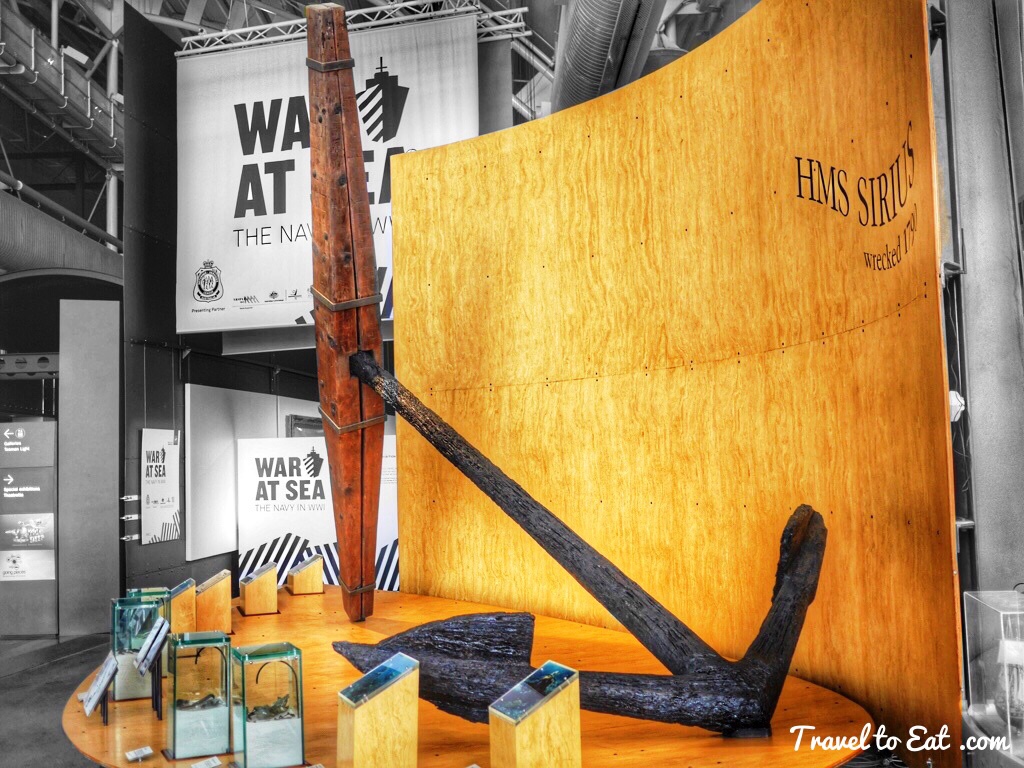
Clocks have always fascinated me. Measuring the passage of time was the high technology of ancient and in fact recent times, allowing feats of navigation and exploration that would have been difficult or impossible without them. The earliest clocks relied on shadows cast by the sun, and hence were not useful in cloudy weather or at night. Mechanical clocks employing the verge escapement mechanism were invented in Europe at around the start of the 14th century, and became the standard timekeeping device until the spring-powered clock and pocket watch in the 16th century, followed by the pendulum clock in the 17th century. During the 20th century, quartz oscillators were invented, followed by atomic clocks.

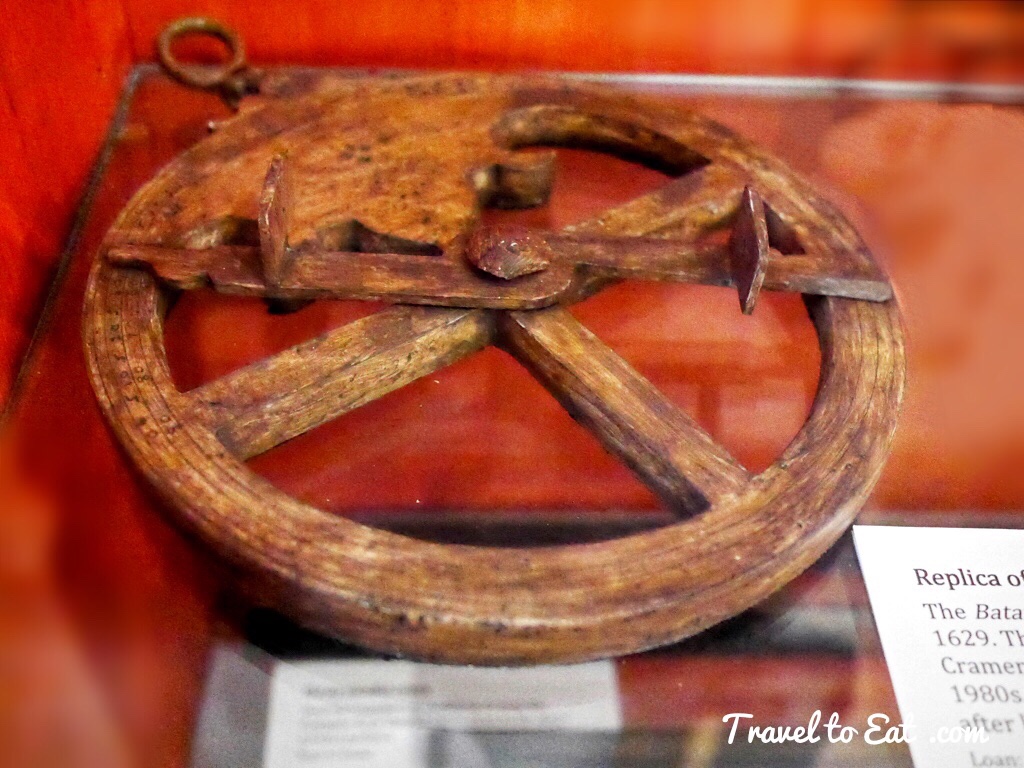


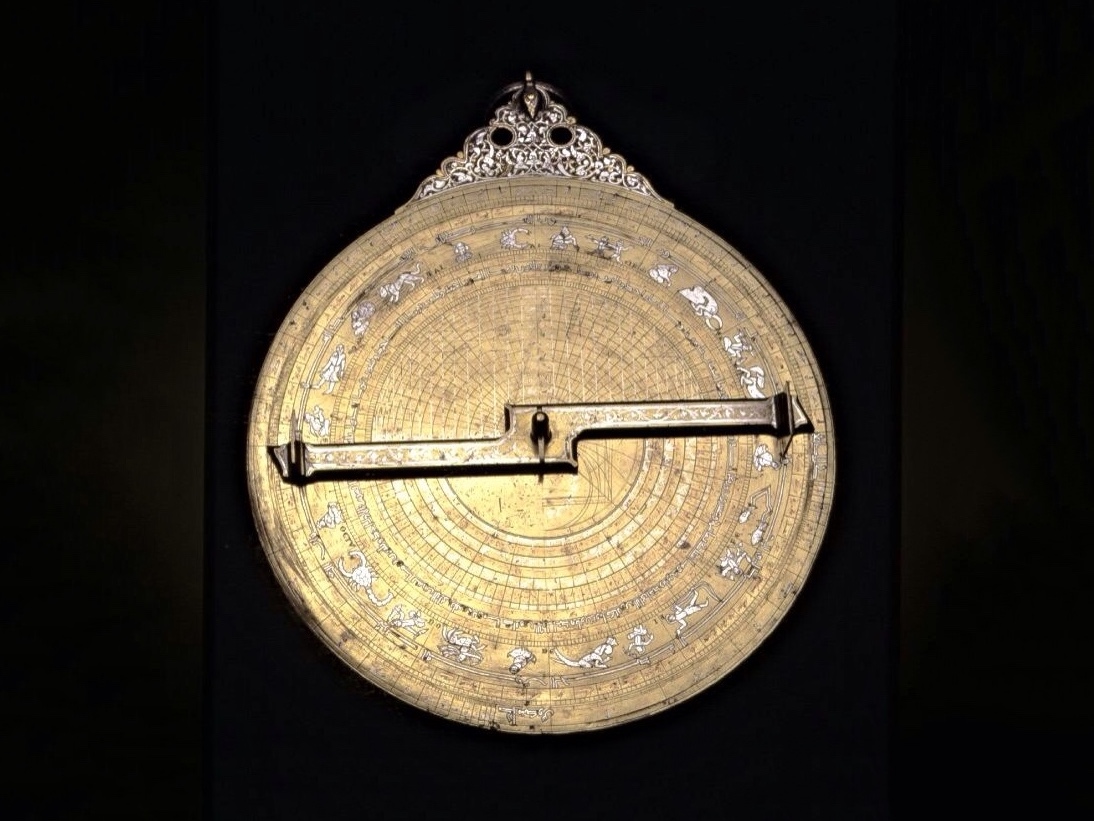

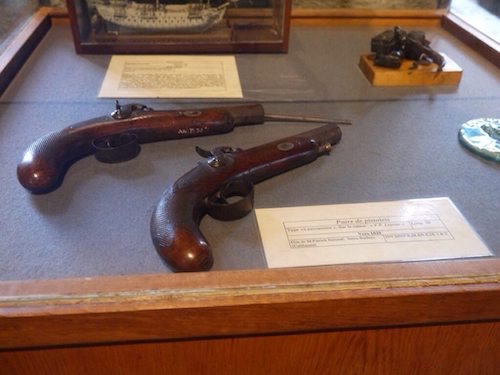
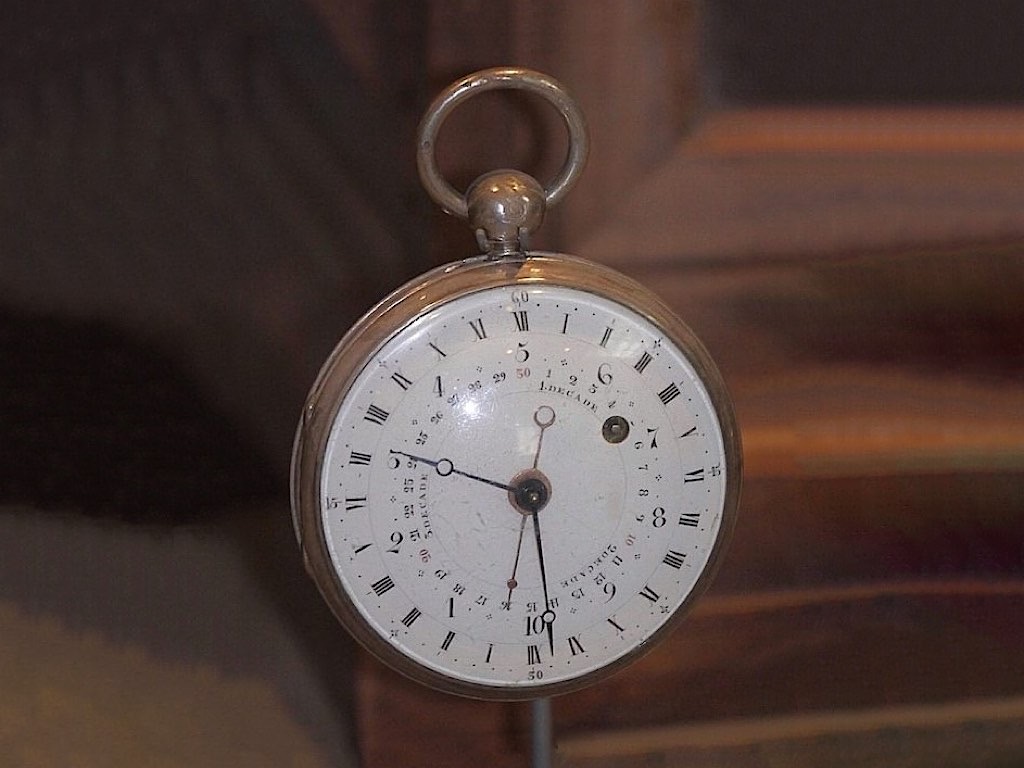
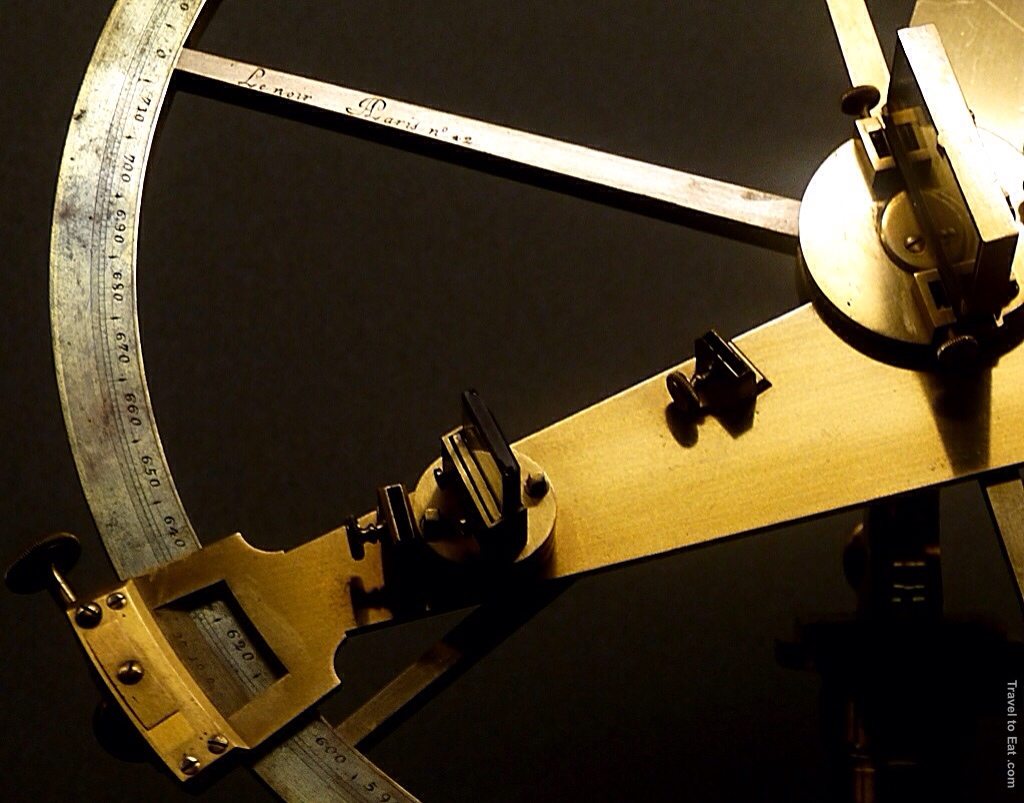
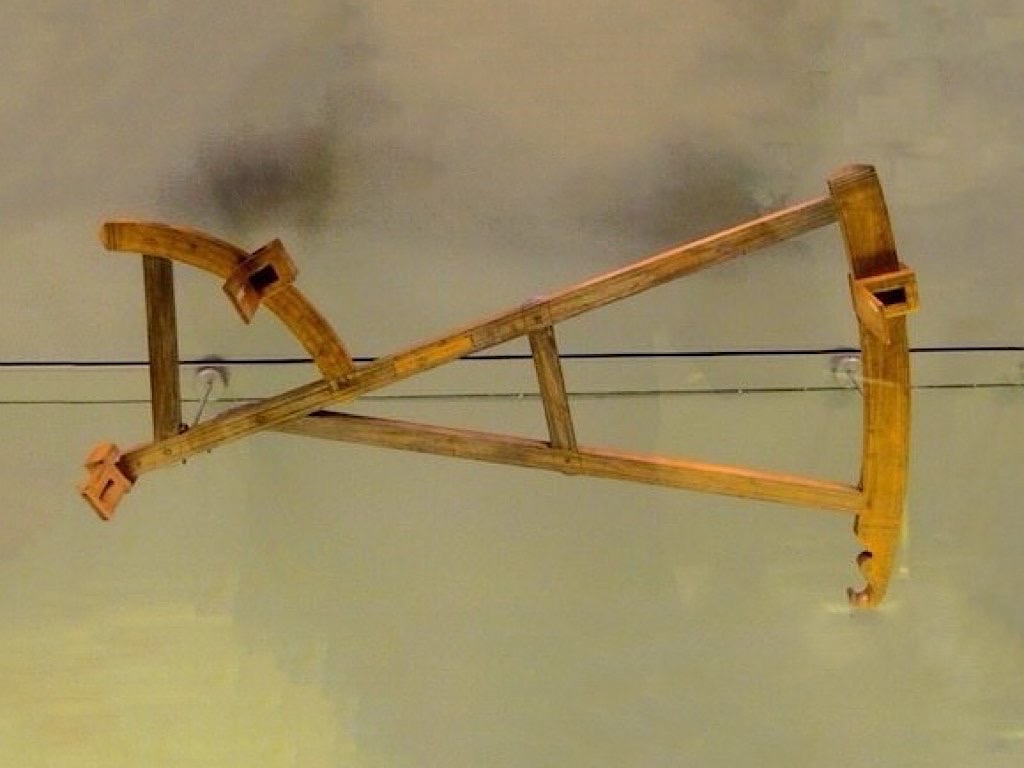
If you love flowers, plants, birds and animals, then you are in the right place. I love nature photography and combined with my love of birds, flowers and travel I have decided to create a place to present photographs and information on my favorites. This is a revision of my previous website traveltoeat.com since I become old (and fat) and I have become more interested in photography than eating.
I live in Las Vegas but I travel frequently in the southwest, California and in fact around the world. While Las Vegas would seem to be an unusual choice with regards to plants and birds it is an unusually busy place due to Pacific Migration Flyway which comes through Las Vegas. Since this is a desert, the birds are concentrated in the many springs, seeps, lakes and parks in and around Las Vegas, making for really great birding.
Since the previous blog focused on travel and eating, there will be a fair amount of focus on history beautiful architecture and food. However, both in the past and today I am always interested in a good garden, zoo, safari or hike.My idea of a perfect day is to be surrounded by flowers, insects, animals and birds, I hope my photographs and descriptions will inspire you in your own travels and hikes.
Copyright © 2023 Kurt Buzard MD